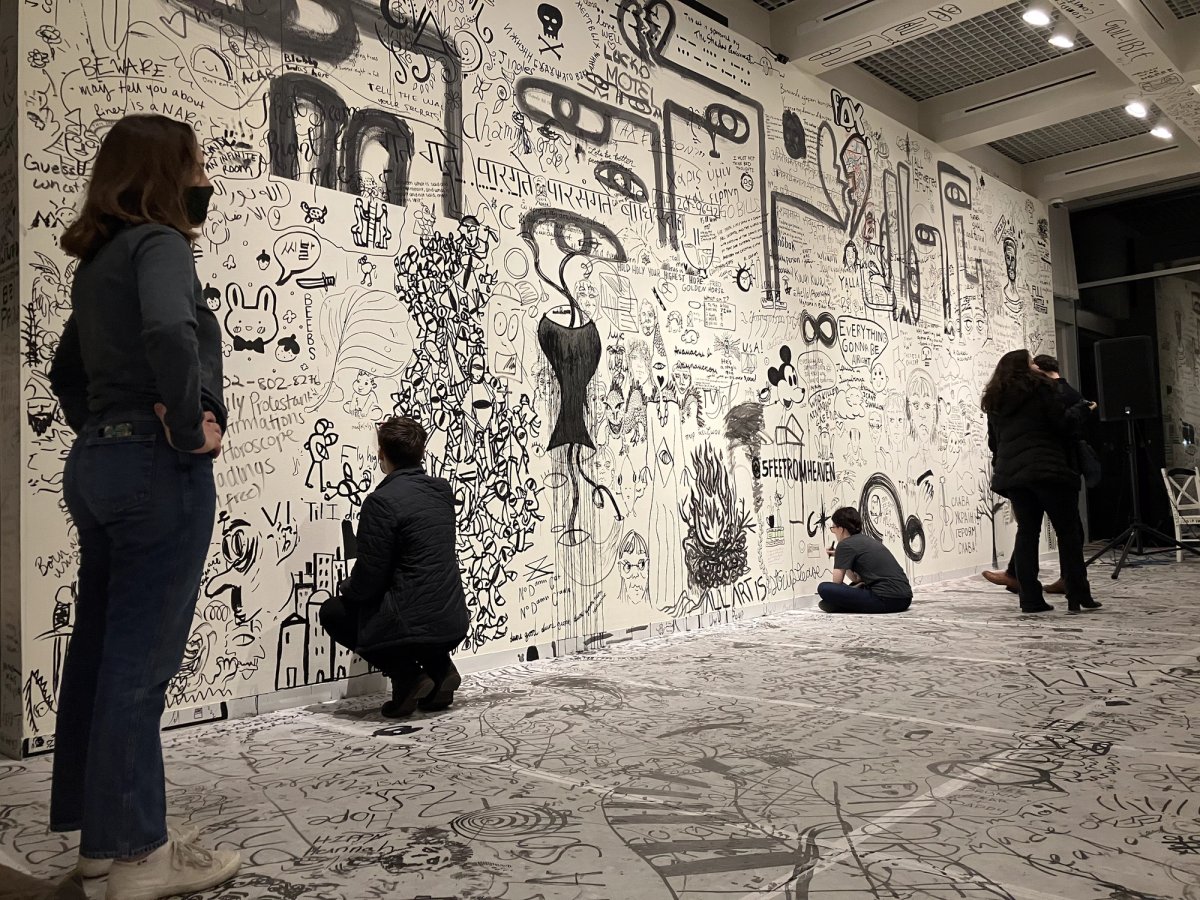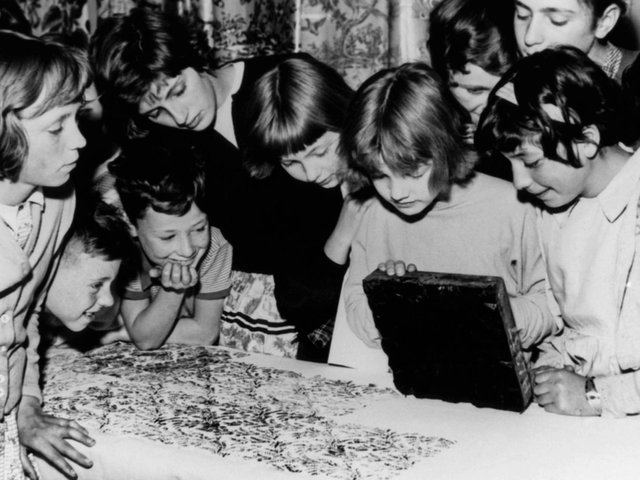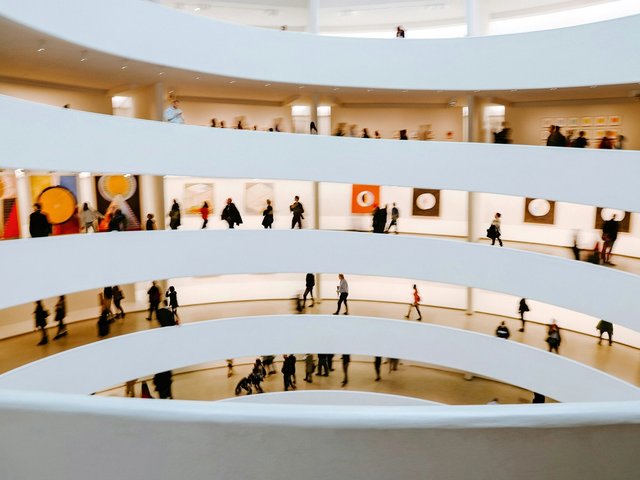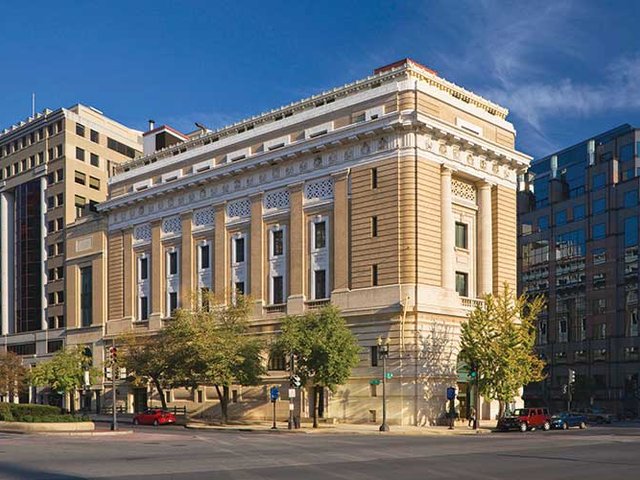Last month, nearly three years after it closed due to Covid-19, the Elizabeth Myers Mitchell Art Museum at St. John’s College in Annapolis, Maryland, reopened. Its return and renaming (from a gallery into a museum) was marked by an unusual opening act: an exhibition with no art on view.
The only art museum in Anne Arundel County accredited by the American Alliance of Museums, the Mitchell was founded in 1989. During its pandemic closure—initially due to lockdowns, and then because of renovations to its building—it maintained a presence through online programming.
Its first exhibition under its new name and in the revamped galleries, THE OPEN MUSEUM (until 26 March), doesn’t actually feature any art on display. Instead, the curators have invited viewers into an otherwise empty gallery to mark the clean, white walls with “doodles, diagrams, drawings and texts”, asking broad questions about the roles of museums in the communities they serve.
“THE OPEN MUSEUM is meant to crack open the hardened shell of an institution that is now 34 years old—revealing its imperfections, surfacing its latent energies and re-rendering it incomplete, as all institutions should be,” says Peter Nesbett, the Mitchell’s director. “The exhibition title comes from the late Pontus Hultén, who wanted to see museums activated by both artists and the visiting public, and the act of writing or drawing on the museum's walls pays homage to the exhibitions-cum-artworks by Pawel Althamer. What is different in this case is that there are no artists driving this project: depending upon how you look at it, the authorship is either distributed amongst the visitors or held by the institution.”
Nesbett, who joined the Mitchell in 2022, draws a parallel between the learning culture at St. John's, which he calls “a liberal arts college in its purest form”, and the exhibition. There are no lectures at St John’s, only seminar-style courses, many of which are led by students. That non-hierarchical approach helped shape THE OPEN MUSEUM and will structure the Mitchell’s curatorial approach moving forward, Nesbett says. “My vision is for the museum to be a place grounded in collaborative inquiry around the unsettled, persistent questions of human experience.”
During the show’s run, St. John’s College student clubs and Annapolis community groups have been hosting events in the gallery space, in addition to visitors from cities and institutions further afield. The next shows in the space (8 April-5 June) will follow a more traditional approach: an exhibition of works by African American artists from the collection of dealer Alitash Kebede and a show of Rockwell Kent prints.
Above all, Nesbett sees the Mitchell’s primary function as an educational one. “In rebuilding the museum's audience, my first priority is the students,” he says. “The students are the museum’s core, daily audience”.






